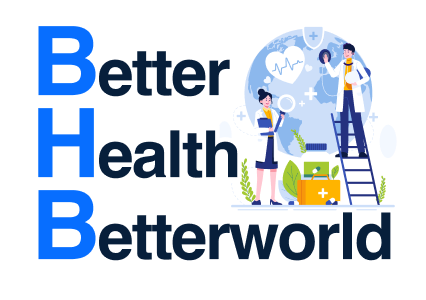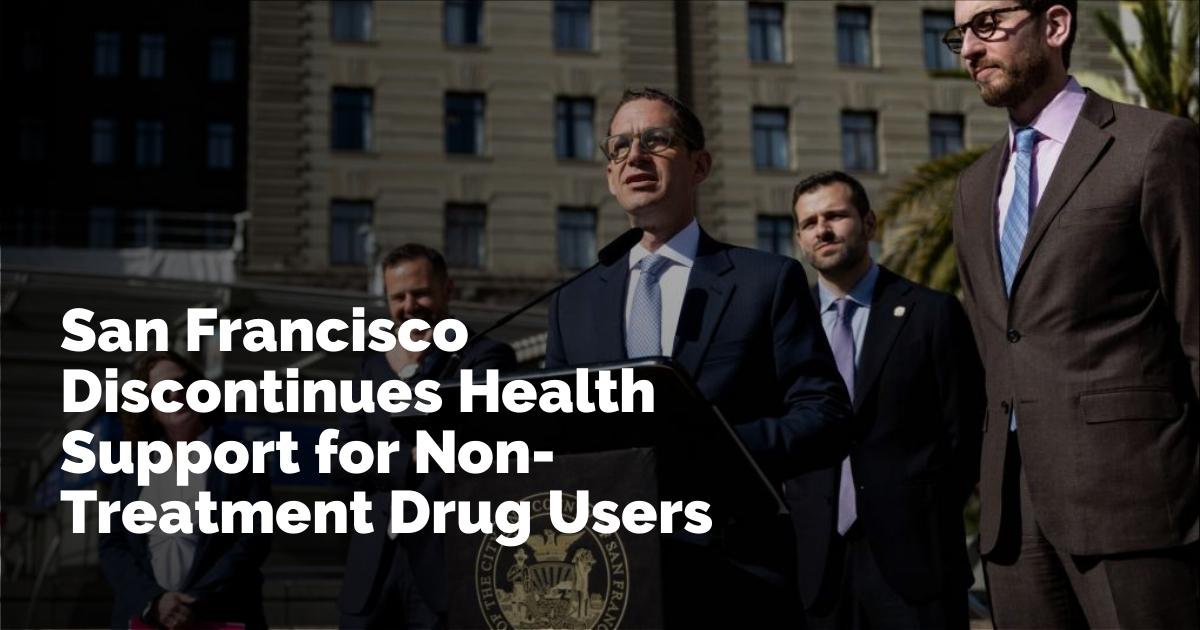San Francisco's Shift in Handling Drug Use and Overdose Crisis
Introduction: A New Directive
In a significant policy shift, San Francisco’s Mayor Daniel Lurie has announced a controversial change in the city’s handling of drug use and overdose responses. The decision focuses on scaling back on distributing safer smoking supplies unless those receiving them are also partaking in counseling or treatment services. This shift in policy has put many public health experts on edge, raising concerns about its potential impact on harm reduction efforts within the city.
Background: The Growing Overdose Crisis
Overdose deaths in San Francisco have seen a marked increase since October. This alarming trend has created mounting pressure from business and community members to alter the city’s long-standing approach to handling drug use—a health crisis originally managed through harm reduction strategies developed during the HIV/AIDS epidemic.
Previously, San Francisco's public health model aimed to improve the wellbeing of drug users at any stage of use or recovery without mandating participation in treatment programs. However, the rising numbers of overdose deaths prompted Mayor Lurie to declare the current strategies insufficient.
“We can no longer accept the reality of two people dying a day from overdose,” stated Lurie during a recent press conference. He emphasized that the new policy would connect individuals to treatment more swiftly, marking an essential step toward reclaiming public spaces.
New Policy: Changes in Safer-Use Supply Distribution
Under the new directive, public health providers in San Francisco are instructed to cease distributing safe smoking supplies in public spaces. Instead, those seeking these supplies must now engage in drug counseling or other supportive services. However, the city’s safe needle exchanges and Narcan distributions—critical for reversing opioid overdoses—will remain unchanged.
Health advocates have criticized this policy update, arguing that it contradicts research and trending approaches in managing San Francisco’s overdose epidemic. There’s a particular concern that the policy might inadvertently increase incidences of drug injection, as many users may opt to inject drugs if access to smoking supplies is restricted.
Rationale and Concerns: A Shift Toward Treatment
The change comes amidst the backdrop of a shifting drug landscape dominated by fentanyl—a synthetic opioid significantly more potent than heroin. This change necessitated adjustments in harm reduction strategies, focusing on safer smoking supplies to prevent the potential dangers associated with drug injection, such as increased risk of HIV or hepatitis infections.
Many in the public health community, including leaders like Tyler TerMeer of the San Francisco AIDS Foundation, express concerns that the directive to scale back on safer smoking supplies might reverse hard-earned progress in reducing infection rates related to injection drug use. This fear echoes the sentiments of numerous harm reduction advocates who believe restricting access to safer smoking methods might push users toward more dangerous drug consumption practices.
The Evidence Dilemma: Balancing Research and Policy
While a substantial body of research supports the effectiveness of needle exchange programs in preventing disease and overdose while connecting users to health services, the evidence supporting the benefits of safe smoking supplies is still evolving. Nonetheless, the current California health law acknowledges the importance of safer smoking supplies, through legislative amendments made in 2018 to expand harm reduction measures.
Despite existing guidelines and research pointing towards the benefits of harm reduction strategies, Department of Public Health Director Dan Tsai emphasizes San Francisco’s commitment to science-based interventions. Yet, during a press conference inquiry, Tsai admitted there is no definitive research linking mandated counseling with reduced overdose rates or enhanced treatment connections when dispensing safe use supplies.
Monitoring the Impact: Future Public Health Considerations
With the policy set to go into effect on April 30, the Department of Public Health is preparing to monitor its impact on critical indicators like overdose rates and HIV/Hepatitis C transmission. This will help assess whether the new approach aligns with larger public health goals.
As the city moves forward, many will closely watch the unfolding developments in San Francisco’s quest to tackle this ongoing public health crisis. The balance between maintaining public safety and offering supportive pathways out of addiction remains a nuanced challenge for policymakers, health professionals, and communities alike.
With the hope of reducing drug-related fatalities, this comprehensive shift reflects an urgent attempt to recalibrate public health strategies amidst an evolving drug landscape, albeit with contentious debate on its potential consequences for the affected populations.
출처 : Original Source

